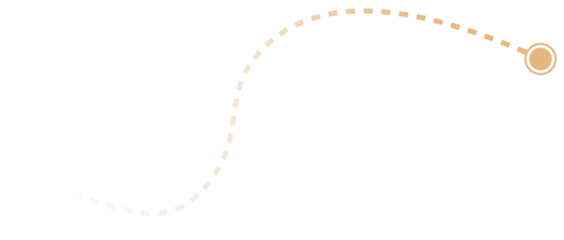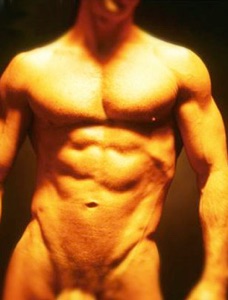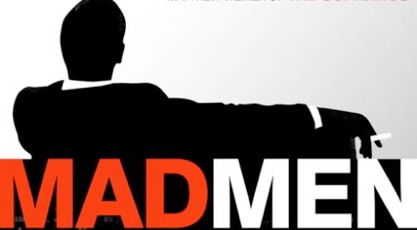Course Description:
How, as a class, do we answer the questions: What does it mean to be a man? What does it mean to be masculine? How are issues of culture, power, and violence linked to “being a man?”

Readings:
1.






Course Description:
How, as a class, do we answer the questions: What does it mean to be a man? What does it mean to be masculine? How are issues of culture, power, and violence linked to “being a man?”

Readings:
1.















In our rapidly changing society we can count on only two things that will never change. What will never change is the will to change and the fear to change. It is the will to change that motivates us to seek help. It is the fear of change that motivates us to resist the very help we seek.
-- Harriet Lerner, The Dance of Intimacy

![If gender is a kind of a ding, an incessant activity performed, in part, without one’s knowing and without one’s willing, it is not for that reason automatic or mechanical. On thew contrary, it is a practice of improvisation within a scene of constraint. Moreover, one does not “do” one’s gender alone. One is always “doing” with or for another, even if the other is only imaginary. [...] But the terms that make up one’s own gender are, from the start, outside oneself, beyond oneself in a society that has no single author.
-- Judith Butler, Undoing Gender](Men_%26_Masculinities_files/shapeimage_14.png)

Portraits of men

